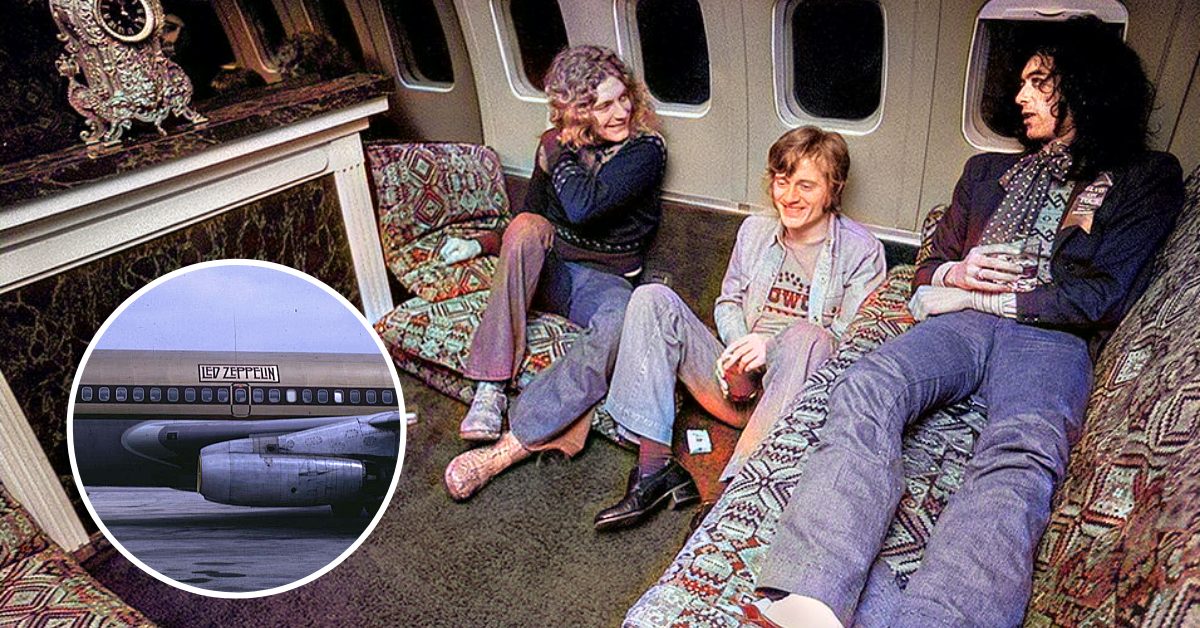“The Starship” is a fitting name for the luxurious, private Boeing 720 that flew the members of Led Zeppelin and other 1970s superstars across North America. Known for its shagadelic style, the Starship became a symbol of success in the 1970s. We would love to be a fly on the wall during the heyday of the Starship to see all the crazy things that surely happened while flying through the air.
Humble beginnings
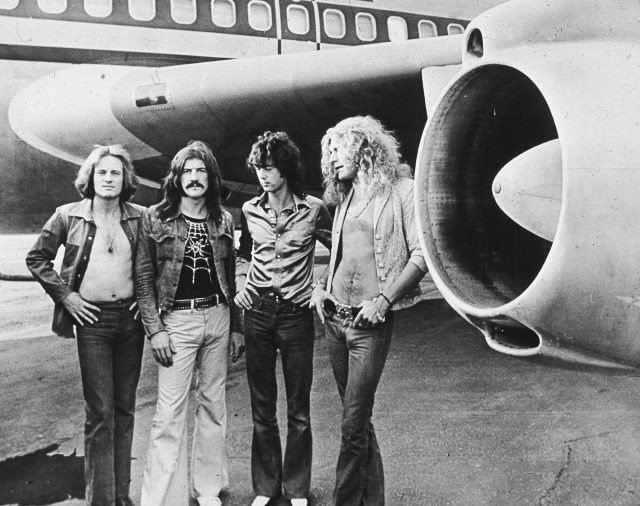
Initially, The Starship started out as a former Boeing 720 passenger jet. It was the first Boeing 720 built and was delivered to United Airlines in October 1960. While in commercial use, the plane could seat 138 people.
In 1973, the Boeing 720 was purchased from American Airlines by pop singer Bobby Sherman and his manager, Ward Sylvester. Ward Sylvester then threw $200,000 into the project, with the goal of leasing the plane out to touring bands.
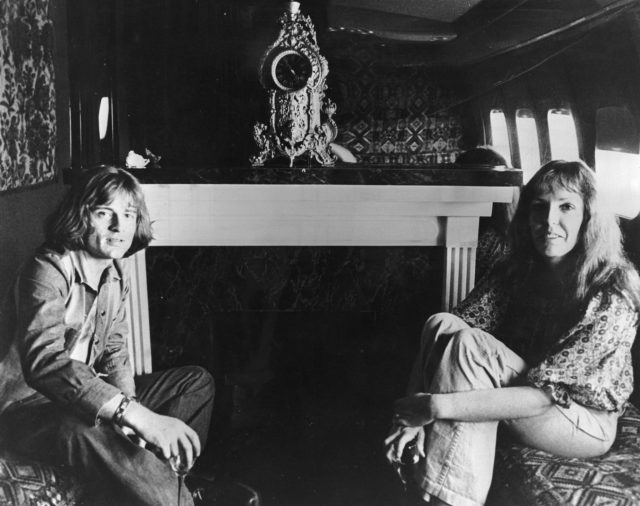
The interior of the plane was unrecognizable after Ward Sylvester’s renovations. By the time everything was completed, the main cabin featured a long couch that ran along the right side of the plane, swivel chairs, a 30-foot brass-trimmed bar, and a Sony U-Matic video cassette player and television, complete with a “library.” The luxury plane also featured a bedroom in the back, complete with a king-size waterbed and a white fur bedspread. The plane came complete with two flight attendants and cost $2500 an hour to run.
Led Zeppelin is sky-high
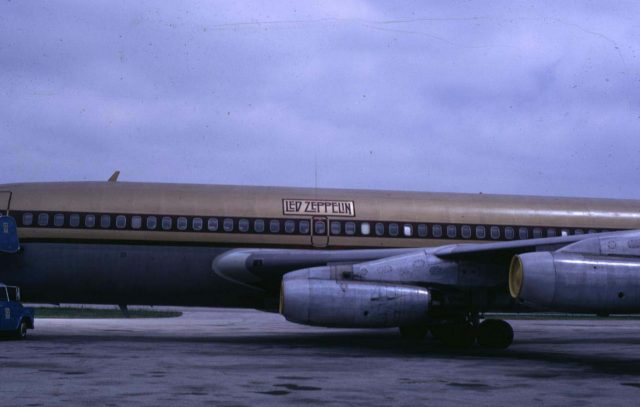
Led Zeppelin is the band that has become most associated with the Starship. In 1973, Led Zeppelin embarked on their ninth American concert tour. On previous tours, Led Zeppelin hired small private jets to travel from city to city, but these private jets were tiny and thus prone to turbulence. After experiencing a seriously bumpy ride after a concert at Kezar Stadium in San Francisco, the band began looking for alternative travel options.
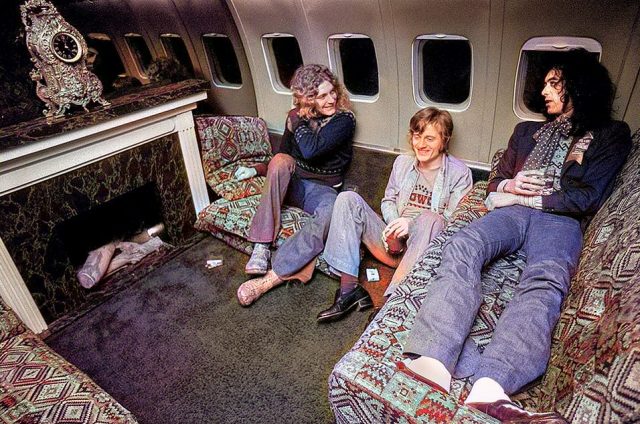
After stumbling upon The Starship, the band painted their name across the fuselage and started their sky-high benders. Flying on The Starship no longer required the band to change hotels as often; rather, they could base themselves in larger cities and travel to and from concerts within flying distance. Although the band now had the option to be a bit more “grounded” while touring, the real fun was had once their concerts wrapped up and they were back on the jet.
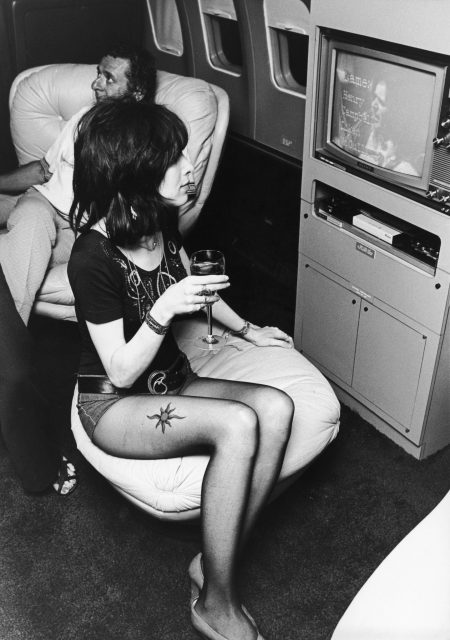
According to a New York Times article, Led Zeppelin “snorted cocaine with rolled-up hundred dollar bills, and treated the master suite like a play-by-the-hour motel.” Zeppelin’s road manager, Richard Cole, recalls the jet being a “floating gin palace.” Of course, being so intoxicated miles in the air also comes with a slew of funny, and perhaps dangerous, stories. Rumour has it that that Zeppelin’s drummer John Bonham (known as Bonzo) once tried to open the plane’s door over Kansas City because he had to relieve himself. The band’s bassist-keyboardist John Paul Jones ensured he kept the ever-revolving door of followers entertained by playing pub songs like “I’ve Got a Lovely Bunch of Coconuts.”
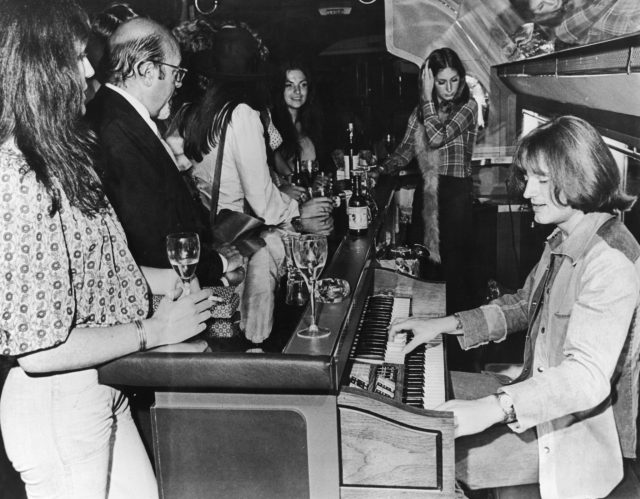
Led Zeppelin certainly had an affinity for their rock and roll lifestyle. Even though the jet cost $2500 an hour, the band always had the bar stocked with the best, most expensive alcohol. Richard Cole recalls going “through a phase where we only drank ’64 and ’66 Dom Pérignon. If we found a good deal, we’d have one of the assistants buy several cases and store it on the plane.”
Star-studded affair
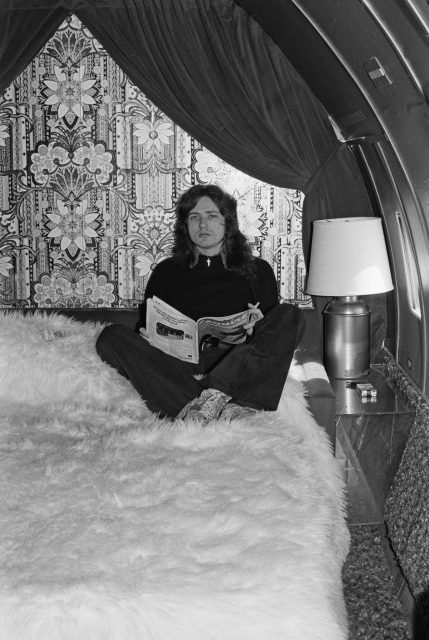
The Starship came to become a physical metaphor for “making it” in the recording business. According to rock photographer Neal Preston, who held an all-access boarding pass for Led Zeppelin’s tour, “it was the Bolivian diamond flake of airplanes.” Although Led Zeppelin used The Starship for their 1973 and 1975 North American tours, other famous bands also chartered the jet for their tours.
Names including Elton John, Alice Cooper, Bob Dylan and the Band, Deep Purple, The Allman Brothers, and The Rolling Stones all chartered the Starship for their American tours. Other individuals, including John Lennon, Frank Sinatra, Sonny & Cher, and Olivia Newton-John also used the jet in the 1970s.
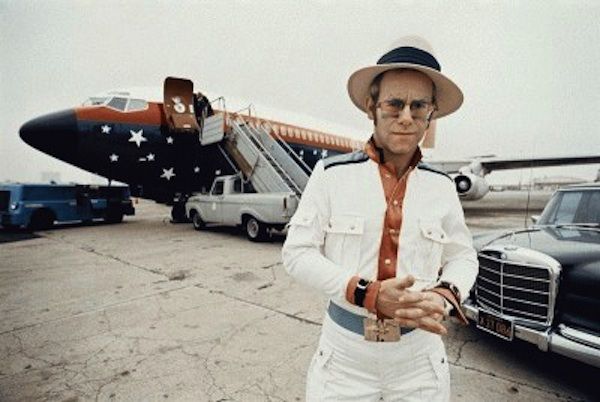
Most stars who used the Starship described it as the epitome of 1970s luxury. Peter Frampton, who leased the plane after the success of Frampton Comes Alive, recalls it being “the closest thing to Air Force One.” The only star to not necessarily enjoy the 1970s decor was Mick Jagger, whose first words upon boarding were “it’s so tacky!”
More from us: The Works of JRR Tolkien Inspired Many Led Zeppelin Hits
However, all good things must come to an end. The era of the Starship only lasted until the end of the 1970s. By the mid-1970s, the oil embargo brought the plane to a halt. Ward Sylvester has since stated that “it was hard to make the argument that the Starship’s fuel was part of the national defence.” In 1979, the Starship went into storage at Luton Airport, but was eventually dismantled in July 1982 and salvaged for parts.
